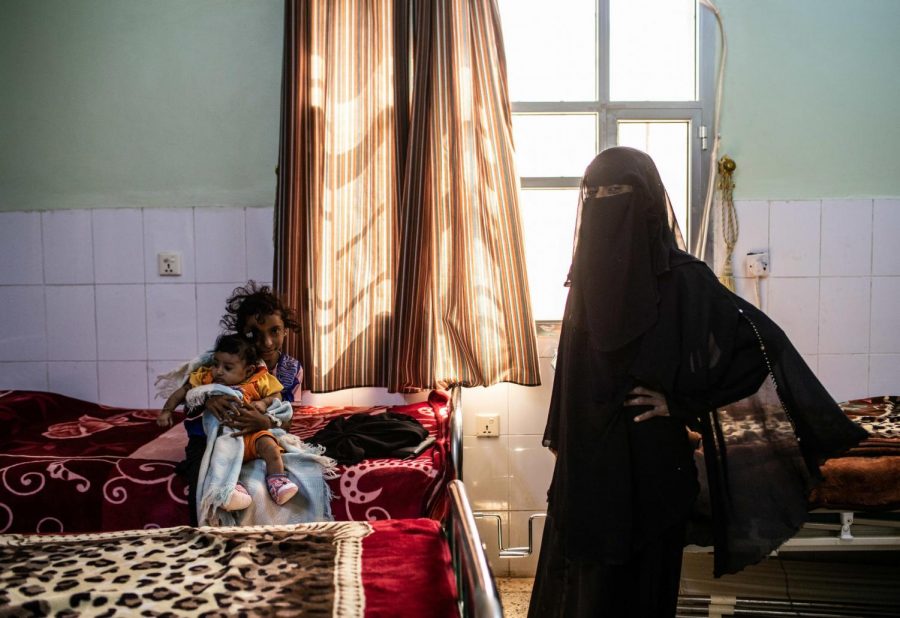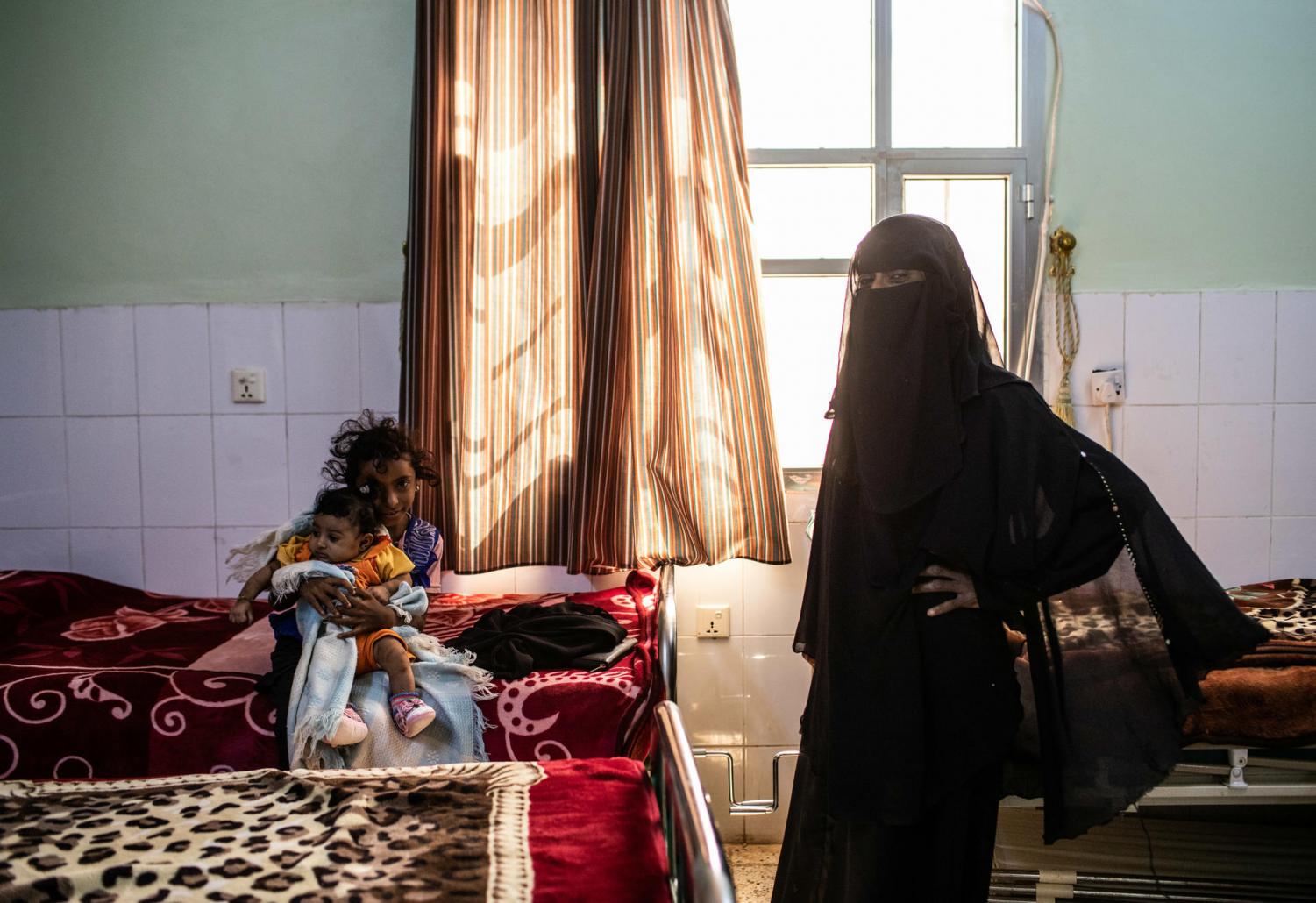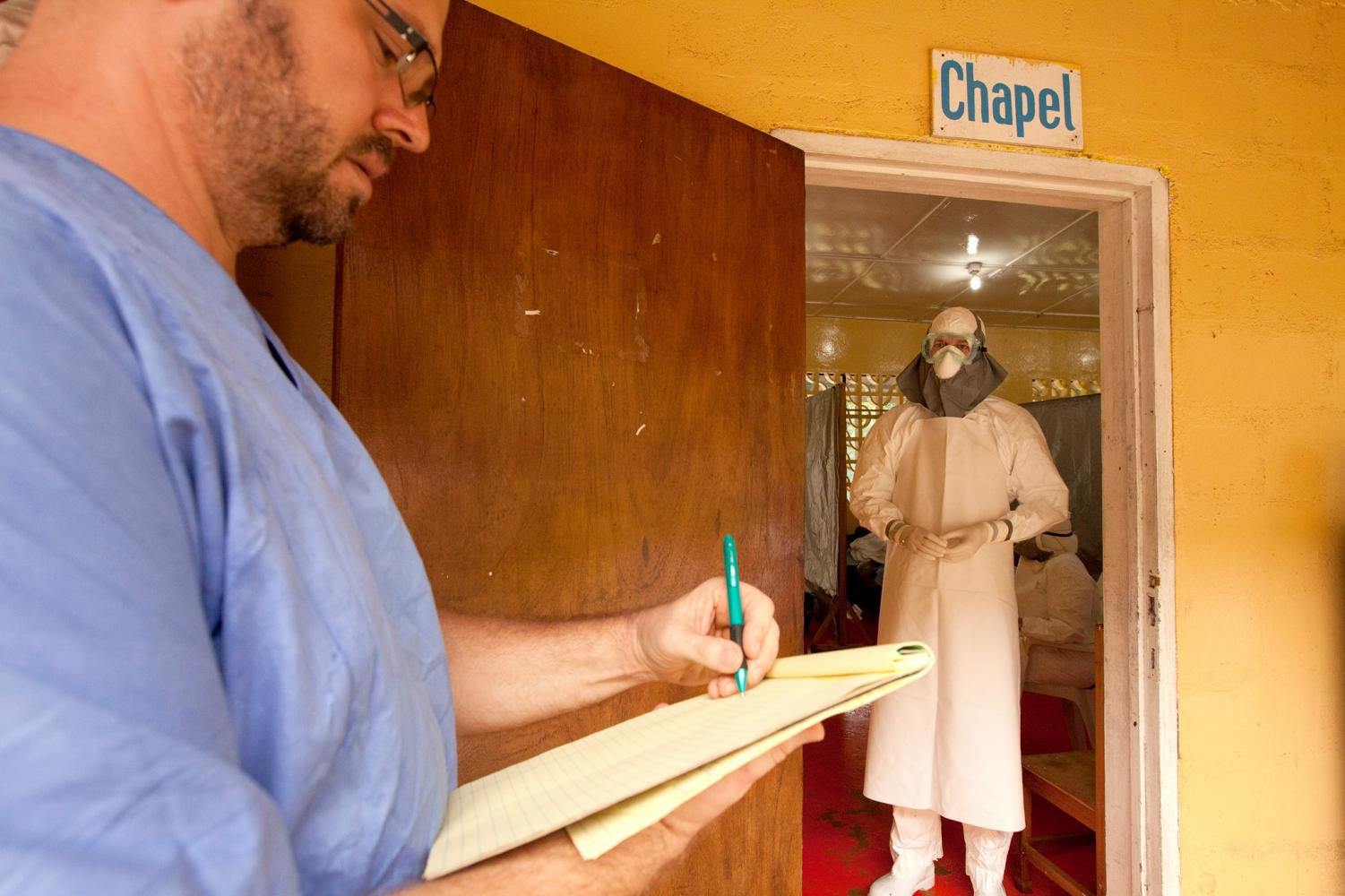
Written by Jana Eller
The numerous uprisings during the Arab Spring of 2011 have continued to impact the daily lives of those living in the Middle-East and have also continued to capture the headlines in the West. Two years after the Syrian war began with a violent crackdown on peaceful protests — eventually causing the worst refugee crisis since World War II — another war broke out, which has escalated to become the worst humanitarian crisis in 100 years, according to the United Nations.
HISTORY
Resting on the edge of the Arabian Peninsula a few miles off the horn of Africa and bordered by Saudi Arabia, the relatively young nation of Yemen has a long history of civil unrest and conflicts. After the Ottoman empire dissolved in 1918, North Yemen formed to the west side, while South Yemen formed to the east a few decades later in 1967, according to the BBC. Formerly a key refueling port as a British province, North Yemen experienced many of its own civil conflicts right after its independence due to the Houthi rebels living in the mountains. South Yemen, formally named the People’s Democratic Republic of Yemen, joined the Soviet block two years after independance. Despite continued border clashes between the nations in the 1970s and ‘80s, the two nations finally converged into modern day Yemen in 1990 as the Soviet block began to dissolve. Ali Abdullah Saleh was elected president over the new country until he resigned to President Hadi in 2011.
This did not rest the tensions between the numerous groups of people now living together, however, and only exasperated the difficulty of the situation. Several militia groups now control different parts of Yemen, including Al Qaeda in central Yemen and the Houthi rebels in the northwest. Shortly after September 11, 2001, Yemen began cracking down on Al Qaeda presence, igniting more tension and conflict in that region.
In 2003, however, the internationally-recognized government began launching attacks against the Houthi rebels, escalating to the point of killing and displacing thousands of people. Descending from the Shiite arm of Islam makes the Houthis a minority group in Yemen, according to Brookings Institute
“The Houthis have made fighting corruption the centerpiece of their political program, at least nominally,” according to the Brookings Institute.
The Arab Spring uprisings led to former president Saleh handing power to Abdrabbuh Mansour Hadi — a Sunni Muslim from the south. Fighting increased as outside nations supporting Hadi’s government began launching airstrikes against the Houthis. Despite millions of dollars of aid from Saudi Arabia, the Yemen military could not stand the Houthi attacks, and the rebel group finally infiltrated the capital city of Sanaa in early 2015. After the murder of Saleh by Houthi forces in 2017, the conflict reached a stalemate, which has since led to the worst humanitarian crisis in a century, according to the BBC.
“[Yemen] is only a recently unified country — it has fragile state institutions and it has an incredibly long history of civil conflicts, of ups and downs,” said Tim Milosch, instructional designer and adjunct faculty professor in political science. “And we get to the Arab Spring in 2011 then, you have… competing groups, all of which have heavy armaments, start competing, fighting for power… in the region as well. So that more-less ignites these smoldering embers of civil conflict.”
While these armed groups and the military continue actively fighting, the civilian population of 25.9 million people have increasingly faced extreme starvation, lack of clean water, and a dysfunctional healthcare system as a result of the war. According to the International Rescue Committee, Yemen has become “plagued by widespread violence, poverty, malnutrition and cholera,” severely magnifying its malnutrition rate from before the war. The civilians in the areas dominated by these rebel groups, particularly central and north Yemen, face the greatest harm, with women and children usually taking the most impact.
[pullquote speaker=”Christy Vines” photo=”” align=”right” background=”off” border=”left” shadow=”off”]Over the last decade, tremendous progress has been made in regards to gender equality.[/pullquote]
“Over the last decade, tremendous progress has been made in regards to gender equality. However, this progress has been tempered by political and social unrest and conflict, as well as a return in some areas — especially post-conflict — towards more fundamental and conservative religious interpretations,” said Christy Vines, IDEOS institute and previous Institute for Global Engagement employee.
While hundreds of men have been forcibly recruited to fight for these groups, women and children are often left vulnerable in a society that already systematically marginalizes them. They often experience increased physical and psychological violence as order breaks down in times of conflict. The World Health Organization identifies several categories of ways in which women experience violence. These categories include both sexual assaults for various aims as well as limited healthcare resources. As the government breaks down, so do the systems designed to protect the vulnerable.
“Of the 22.2 million Yemenis in need of assistance, more than three million women and girls are at risk of domestic violence, sexual assault and rape,” according to Neha Wadekar, a reporter for the New York Times Magazine.
INCREASING VIOLENCE
Systematic violence against women has often been used as a weapon of war in several ways. Because many Eastern cultures are communal cultures, women are viewed as “repositories of a community’s cultural and spiritual values,” according to UNICEF. Thus, by taking advantage of them, an enemy can bring significant shame on the political side. Women often enter wars with few rights already, and human rights have a tendency to rapidly decline in times of conflict, according to Vines.
“Gender based violence occurs at all levels of society – from domestic violence to gender based violence as tools of war,” Vines said.
As a result, systematic assault has often been used as a tool for “ethnic cleansing” or to infiltrate the literal blood of the opposing side through pregnancy. Women and girls are often forced into prostitution by occupying forces or even sexual assault in displacement camps by boys and men who struggle to deal with their own traumatic experiences, according to UNICEF.
“Violence is normalized and sexualized violence is often used to punish and terrorize populations, fuel displacement, and destroy the fabric of communities,” according to the Council on Foreign Relations.
Additionally, when women experience sexual assault, pregnancy or any other number of common healthcare problems, there is nowhere for them to turn. Due to the near constant airstrikes in major cities and rebel hot spots, hundreds of healthcare facilities have been destroyed. A little over 1 million pregnant women and newborns in Yemen struggle to find appropriate resources, according to ReliefWeb. Maternal death rates have risen since the beginning of the war, and Yemen now has the highest rate in the Arab region. Even those who have access to a functioning health center risk being struck by more airstrikes, kidnapping or other forms of violence just in traveling.
The Saudi government has also put blockades on several ports, prohibiting vital hospital equipment or medication from entering the country, and the services and drugs left in the country have skyrocketed in price, forcing many women in the Middle-East’s poorest country to choose between buying their health or buying food. These factors and more have further hindered women and girl’s mobility and access to resources. Those who have left — or been forced from — their homes remain especially at risk.
[pullquote speaker=”United States High Commissioner of Refugees” photo=”” align=”left” background=”off” border=”right” shadow=”off”]The situation is so dire that almost 1 million displaced Yemenis have lost hope and tried to return home, even though it is not yet safe[/pullquote]
“The situation is so dire that almost 1 million displaced Yemenis have lost hope and tried to return home, even though it is not yet safe,” according to the United States High Commissioner of Refugees.
Despite the darkness over this region and the numerous fears facing women and children, several international NGOs are fighting to provide basic resources and help to the vulnerable in Yemen. Displaced people and other civilians have largely become dependant on organizations such as the United Nations and Doctors without Borders. However, their mobility and access can be limited due to the fractured state of the nation, as different parties, including the Houthis, Al Qaeda, ISIS, and what’s left of the government, control different regions.
“Each of those chunks of the country is going to have a different humanitarian operation environment because they’ll give access to different entities and at that point [it] becomes really difficult to access the scope, the scale, of the humanitarian problems that are being faced,” Milosch said.
WOMEN FIGHT BACK
As the war drags on, however, many women have taken the role of fighting for peace and for gender equality on themselves. Due to the repressive religious regimes in many Middle-Eastern countries, women often do this discreetly, spreading information from household to household.
“Much of their most effective work is often done in the shadows or covertly – spreading information, overcoming dangerous and erroneous propaganda, building communities of support, and serving as resources for peacemaking entities such as NGOs, international agencies and even internal groups working towards change,” Vines said. “This is often the result of environments that do not allow or support the elevation of women’s voices or their participation in formal peace processes.”
According to the New York Times Magazine, however, South Yemen, as a British province, was a “bastion of women’s rights in the Arabian Peninsula.” Since it was only 30 years ago, many women remember a time when they thrived without such a drastic impact from conflict. Thus, because greater attention and government resources are being directed towards fighting, according to Vines, this empowers many female populations an opportunity to take their voices to the streets.
The growth of technology has also helped empower women in crisis, according to Vines, as they are not only allowed to see that change is possible and has been initiated by women in other contexts, they can connect with others who have similar experiences of war, violence and institutional sexism.
[pullquote speaker=”Tim Milosch” photo=”” align=”right” background=”off” border=”left” shadow=”off”]That is a tragedy and that is due to human wickedness and that should move us, at the very least, to be praying for the country of Yemen.[/pullquote]
However, the road to gender equality, peace and recovery remains long and hard in the coming decades. Although the United States has minimal involvement in the Yemen war, according to Milosch, Christians have a duty to care for those impacted by violence and trauma.
“I think the first thing for most Christians is to always be mournful of human suffering. The scale of human suffering in Yemen is pretty unprecedented and so I think that Christians should certainly sit with that and realize that that is a tragedy and that is due to human wickedness and that should move us, at the very least, to be praying for the country of Yemen and as possible to provide assistance and to reach out to them,” Milosch said.





